Mansilla+Tuñón’s Museum of Royal Collections gears up for completion
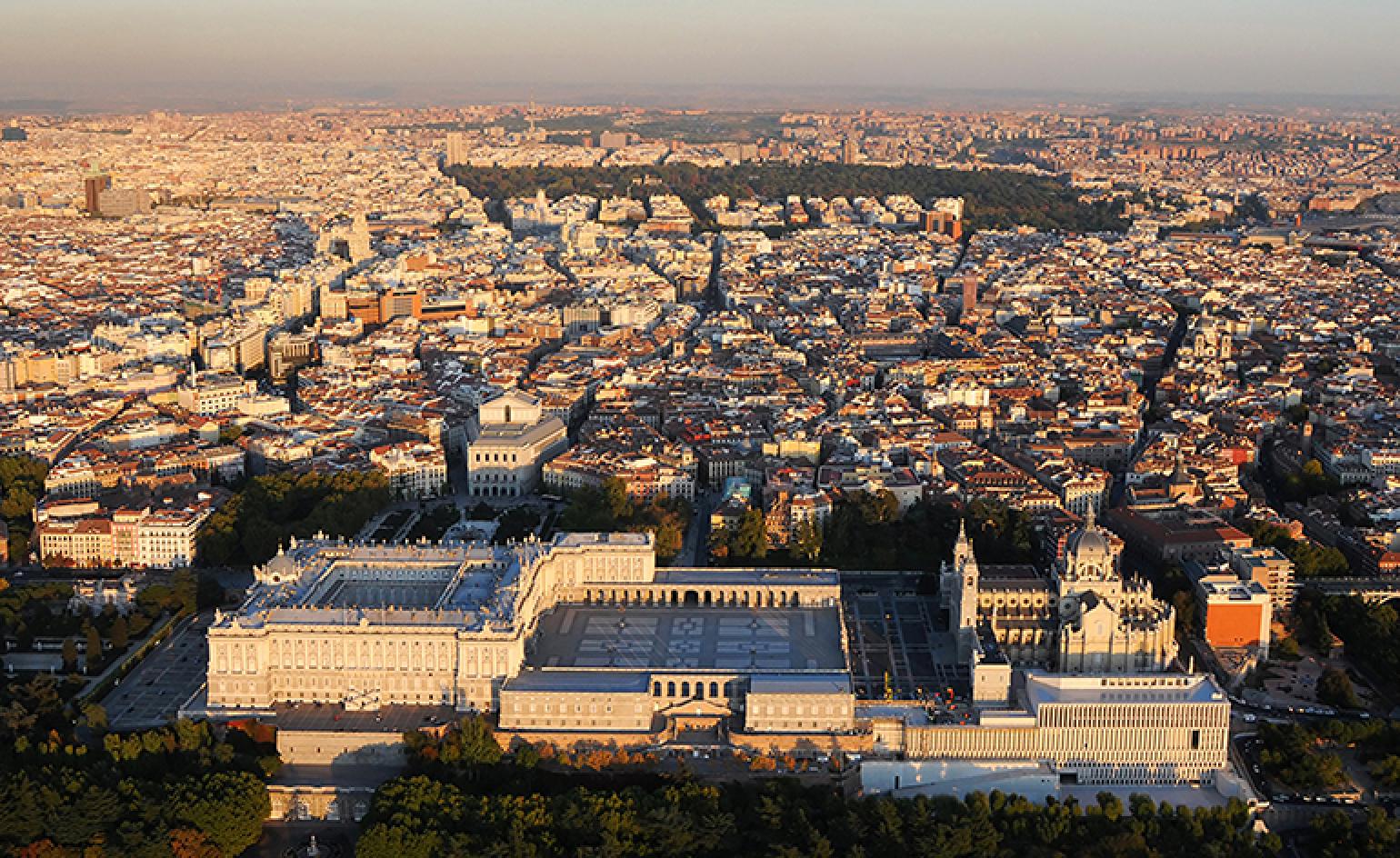
Perched on an upwards slope and only visible from the western quarter of the city, Madrid's new Museum of Royal Collections lies nestled between the city’s Royal Palace and the grand Almudena Cathedral.
At first glance, the 46,000 sq m museum, designed by Spanish firm Mansilla+Tuñón (at the time headed by Emilio Tuñón and Luis Moreno Mansilla, who passed away in 2012), appears to act as the Royal Palace’s plinth. Its long pillars, made from granite, stretch up from below, visually cradling the neighbouring building.
Working with such a significant historical setting, it was important for the architects to develop a suitably context-sensitive approach. So, they drew inspiration from the closely situated palace, sourcing a palette of materials that would work in harmony with – and complement – the museum’s surroundings. The white concrete references the light-coloured limestone situated in the palace windows, while the museum’s external joinery and white wood shutters pay homage to the Royal Palace’s exterior fixtures.
The architects devised the layout with the ambition to create a dynamic contrast between the architecture and the museum’s historic exhibits. With this in mind, Mansilla+Tuñón opted for three exhibition levels, each assigned to a different collection; the first level houses tapestries; the second displays paintings, sculptures and other miscellaneous items; and the third floor exclusively focuses on carriages.
The museum’s interior program is organised in a linear way. When descending from the entrance, visitors are greeted by a ramp, which leads them to the galleries beyond. Each of these generous spaces measures 120m in length, 16m in width and span a breathtaking 8m high.
Currently in its tenth year of construction, the museum’s new home is almost finished, although the grant opening is not planned for a while still. The museum is scheduled to only open its doors to the public in 2018 – when the exhibition design reaches completion.
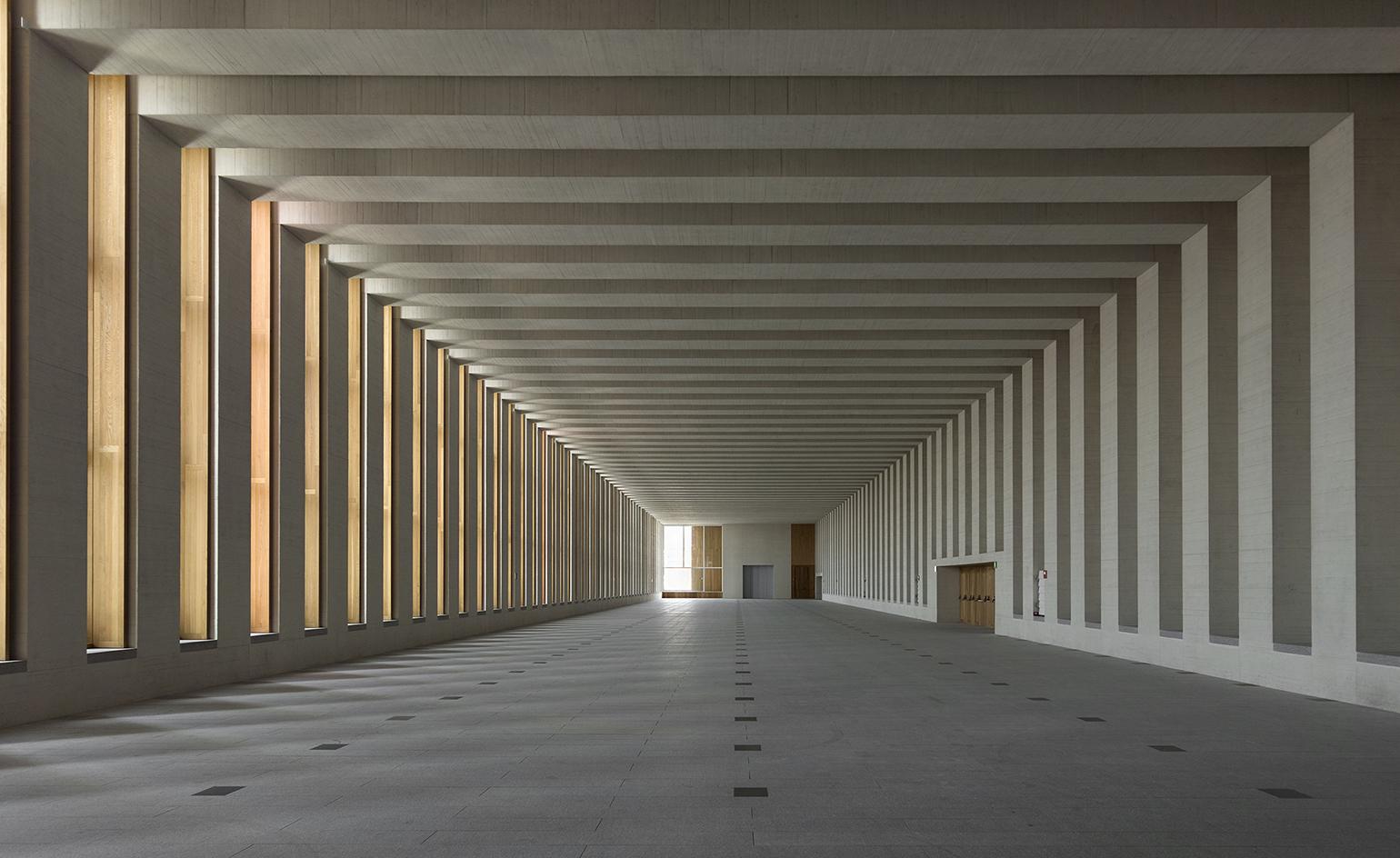
Each of museum’s three main exhibition spaces measures 120m in length, 16m in width and a breathtaking 8m in height
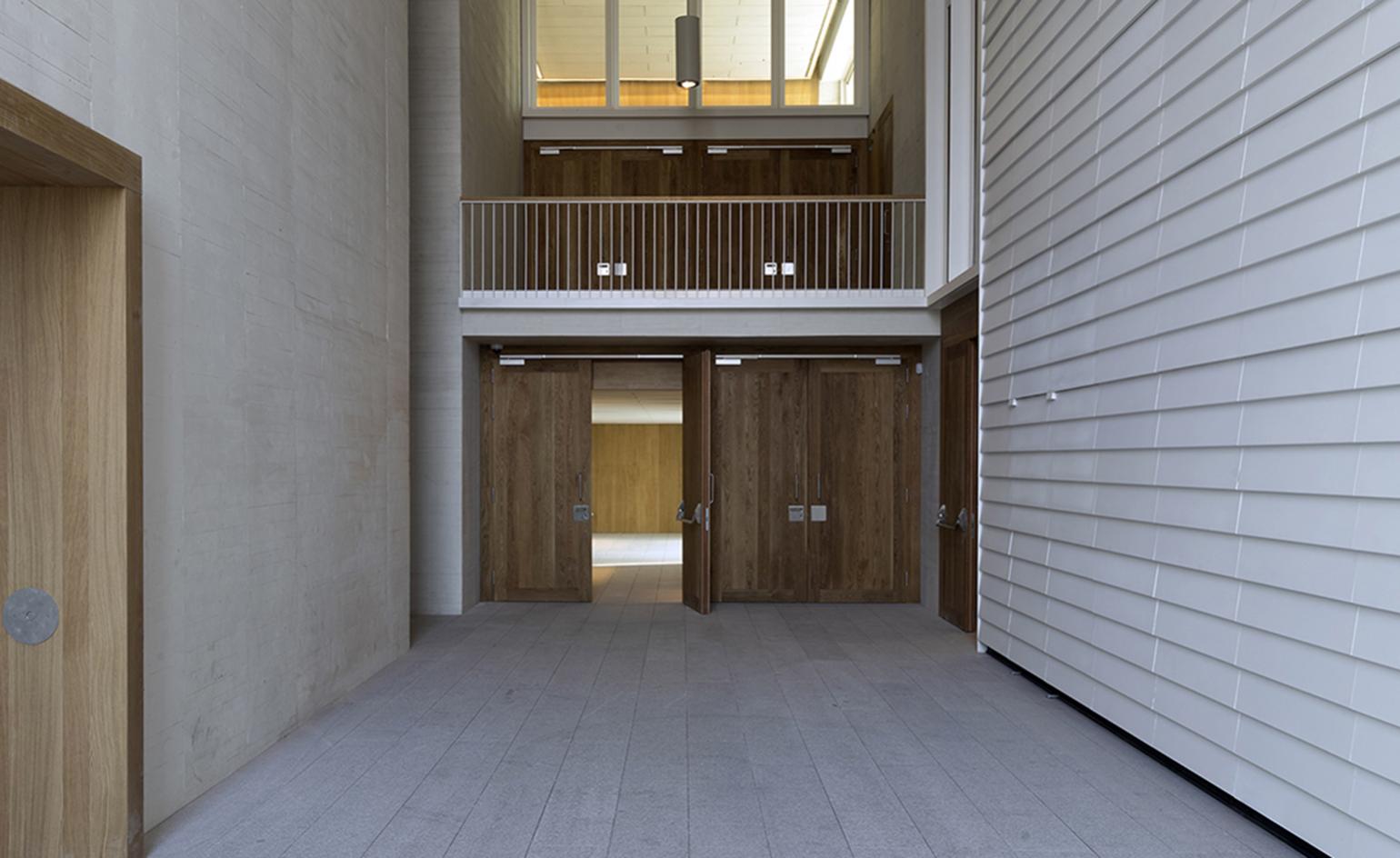
The museum’s interior program is organised in a linear way. The visitors are greeted by an internal ramp that leads them directly to the exhibition spaces
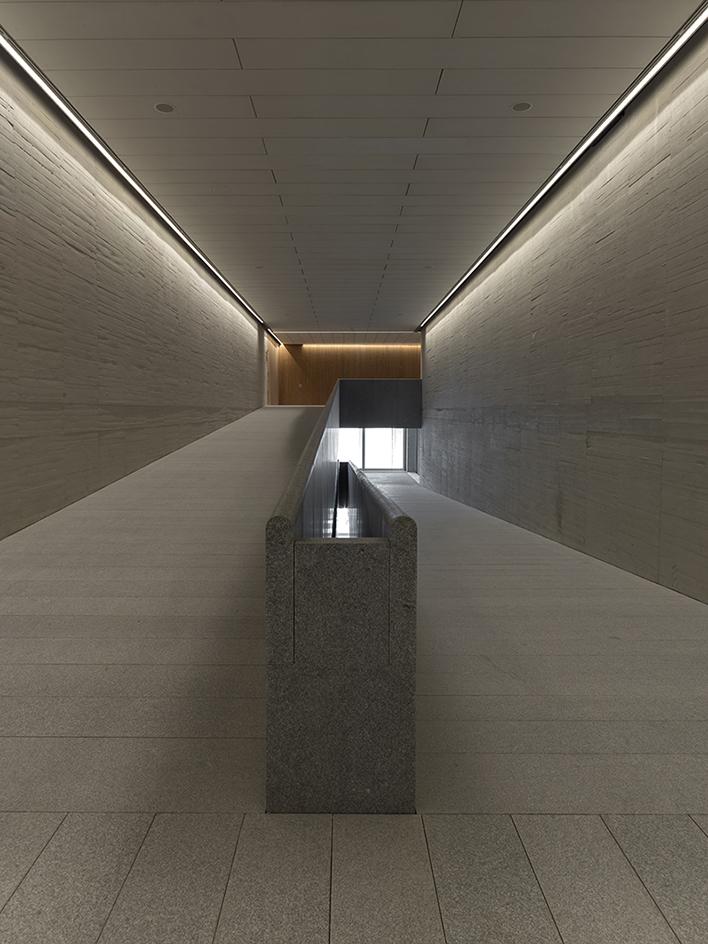
The architects’ layout aims to create a dynamic contrast between the modern architecture and the museum’s historic exhibits
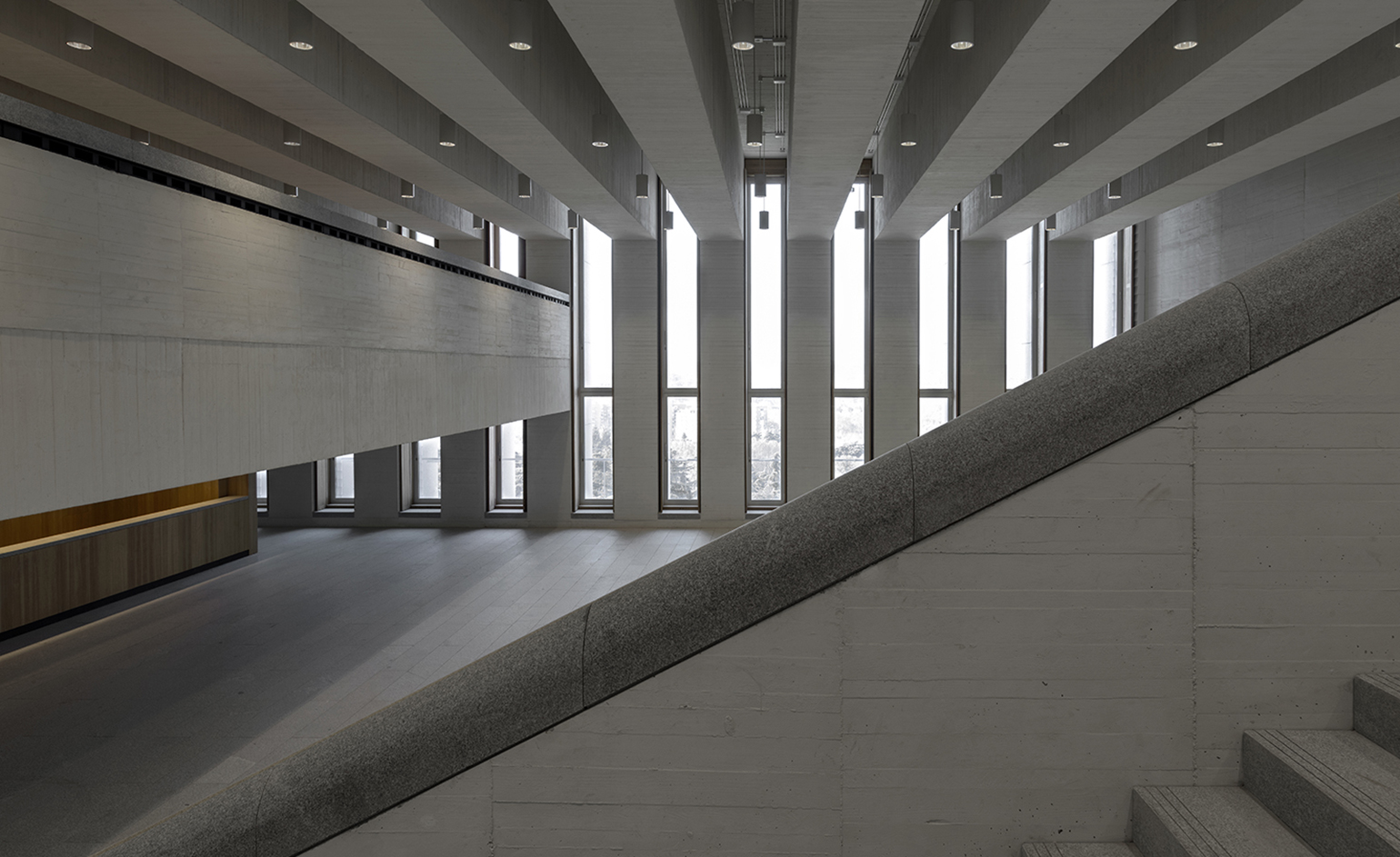
Each of the three exhibition levels will host a distinct part of the collections
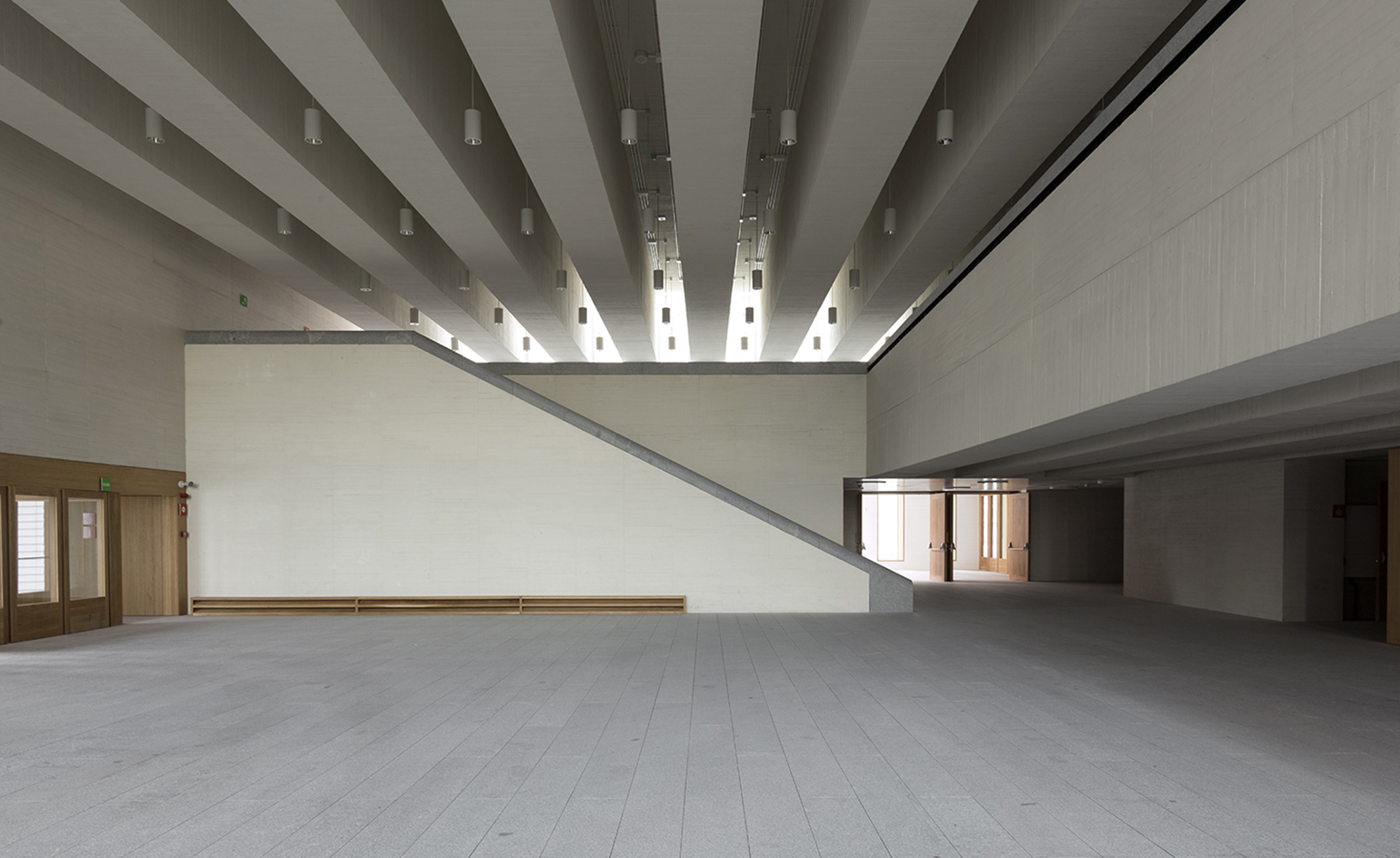
The first level houses tapestries; the second displays paintings, sculptures and other miscellaneous items; the third floor exclusively exhibits carriages
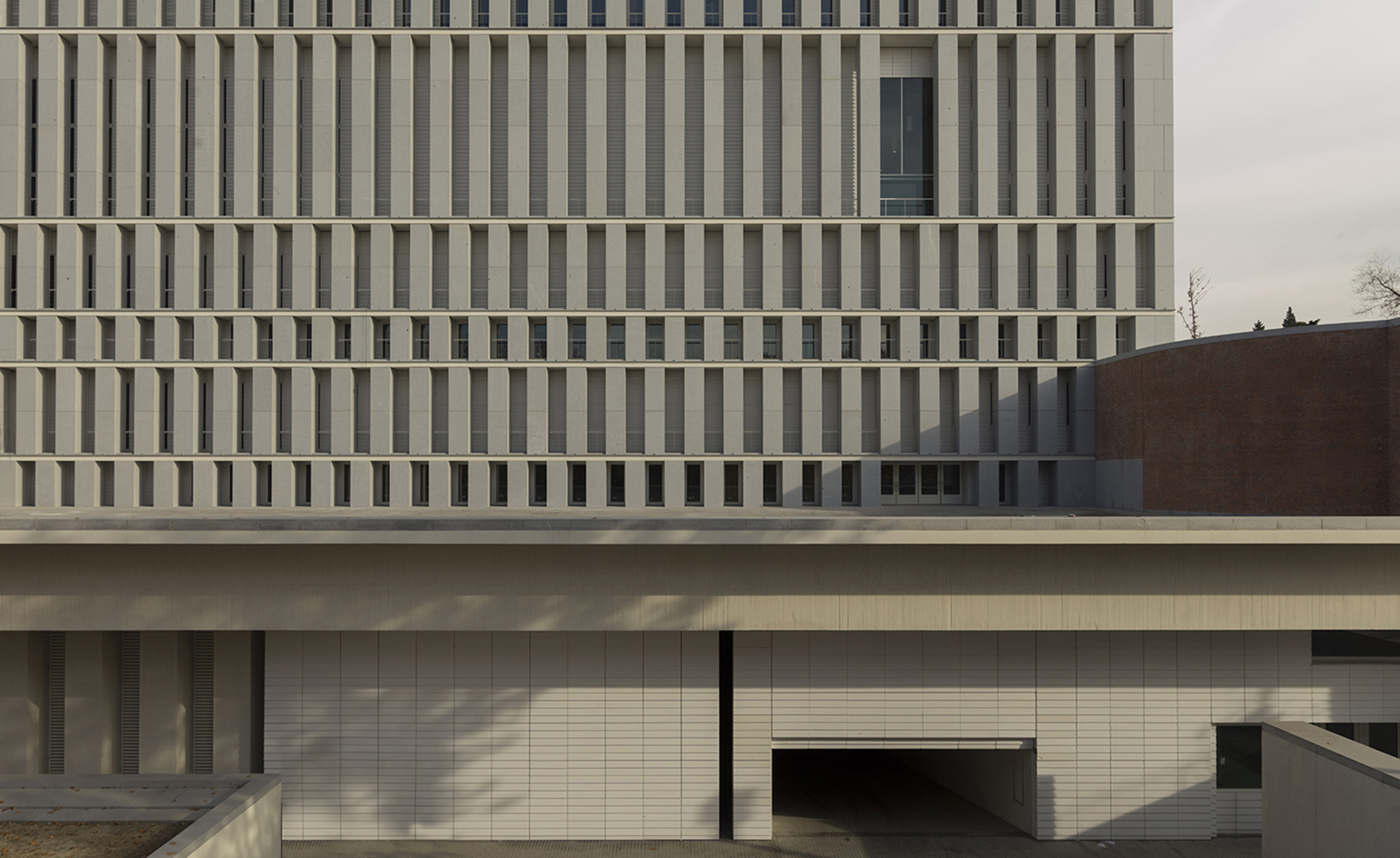
Aiming for a context-sensitive approach, Mansilla+Tuñón selected a palette of materials inspired by the closely situated palace
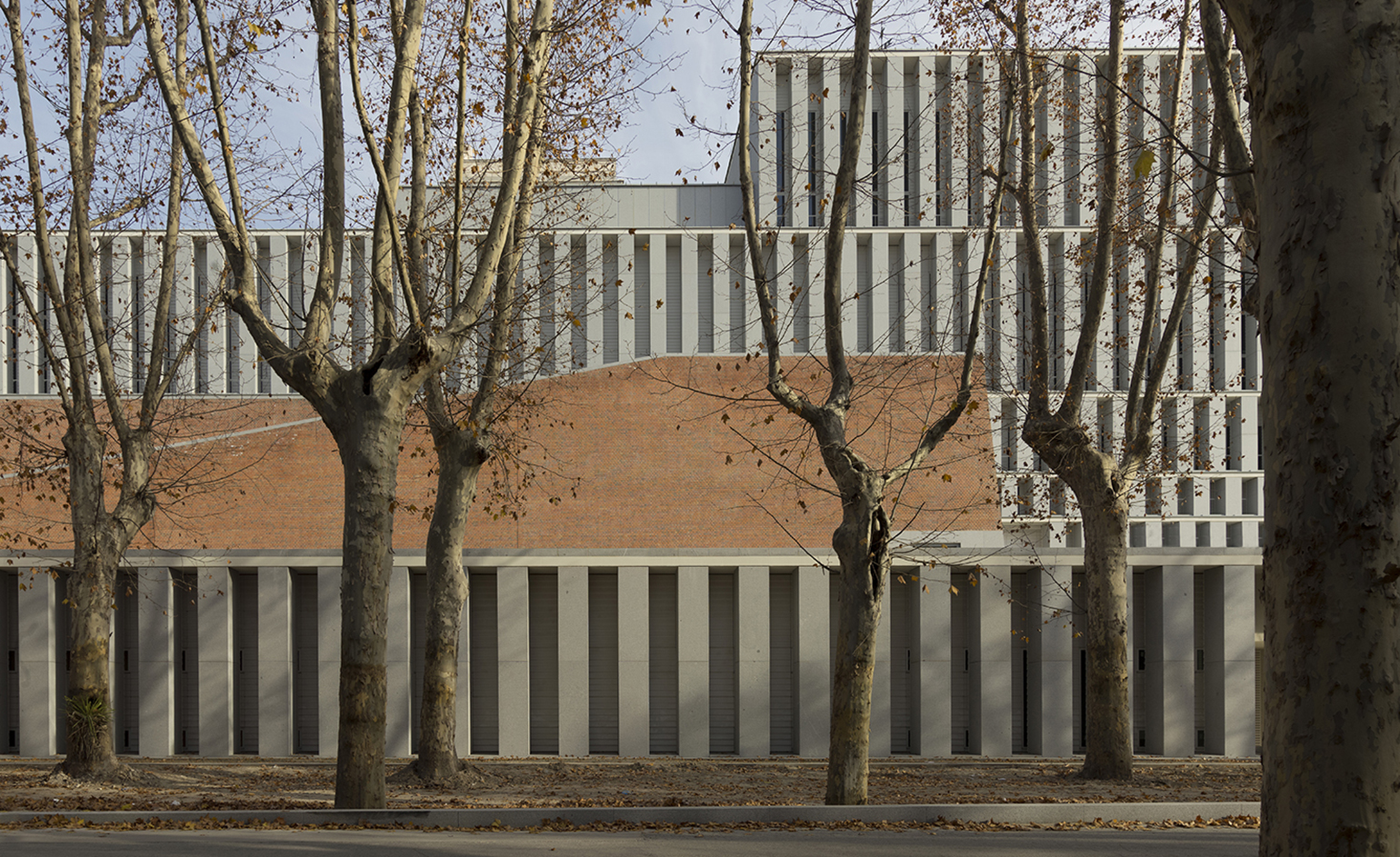
The museum’s outdoor joinery and white wooden shutters echo the Royal Palace’s exterior fixtures
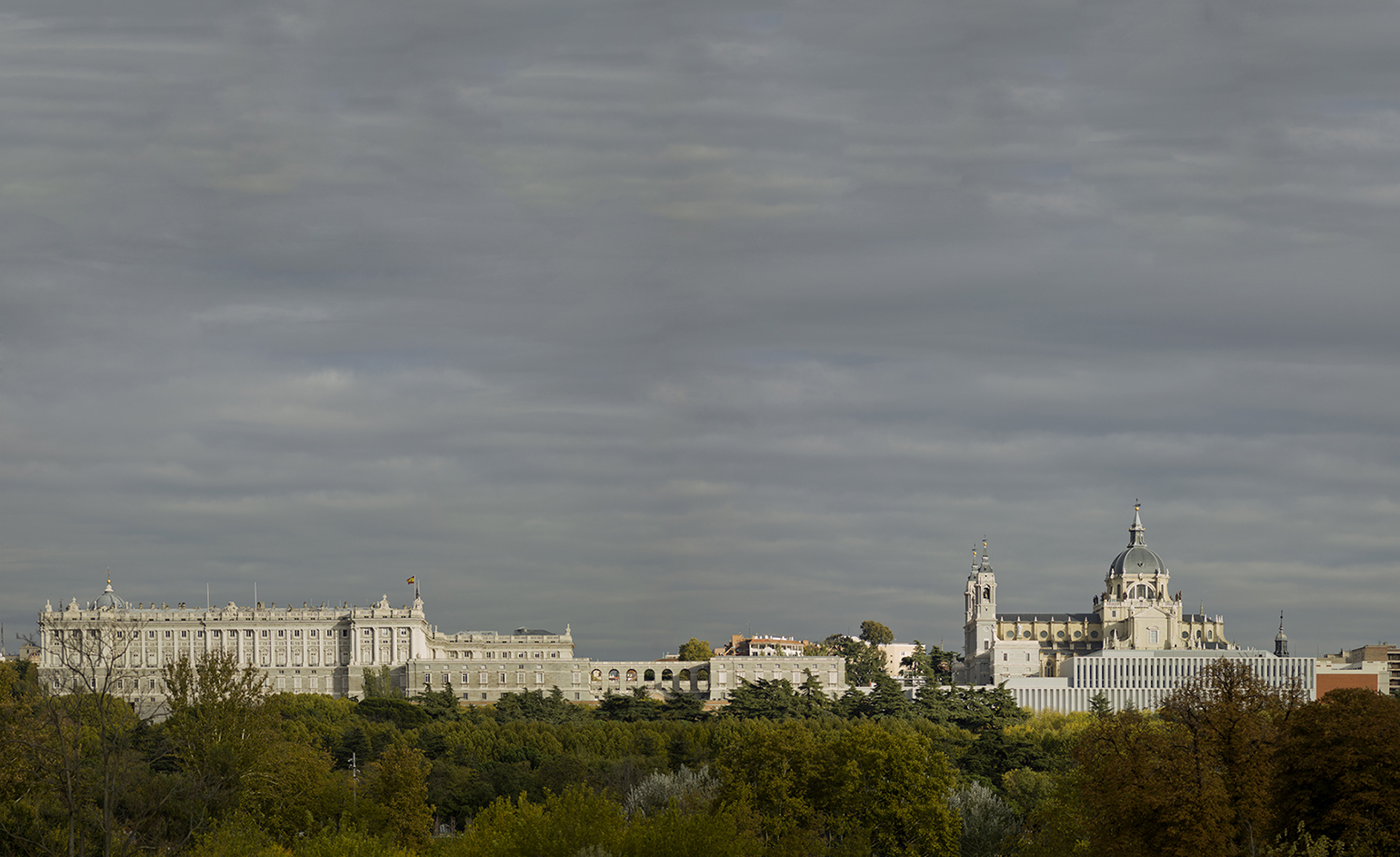
Currently in its tenth year of construction, the museum will finally open its doors to the public in 2018 – when the exhibition design reaches completion
INFORMATION
For more information on the Royal Collections Museum, visit the architect’s website
Receive our daily digest of inspiration, escapism and design stories from around the world direct to your inbox.
-
 Five watch trends to look out for in 2026
Five watch trends to look out for in 2026From dial art to future-proofed 3D-printing, here are the watch trends we predict will be riding high in 2026
-
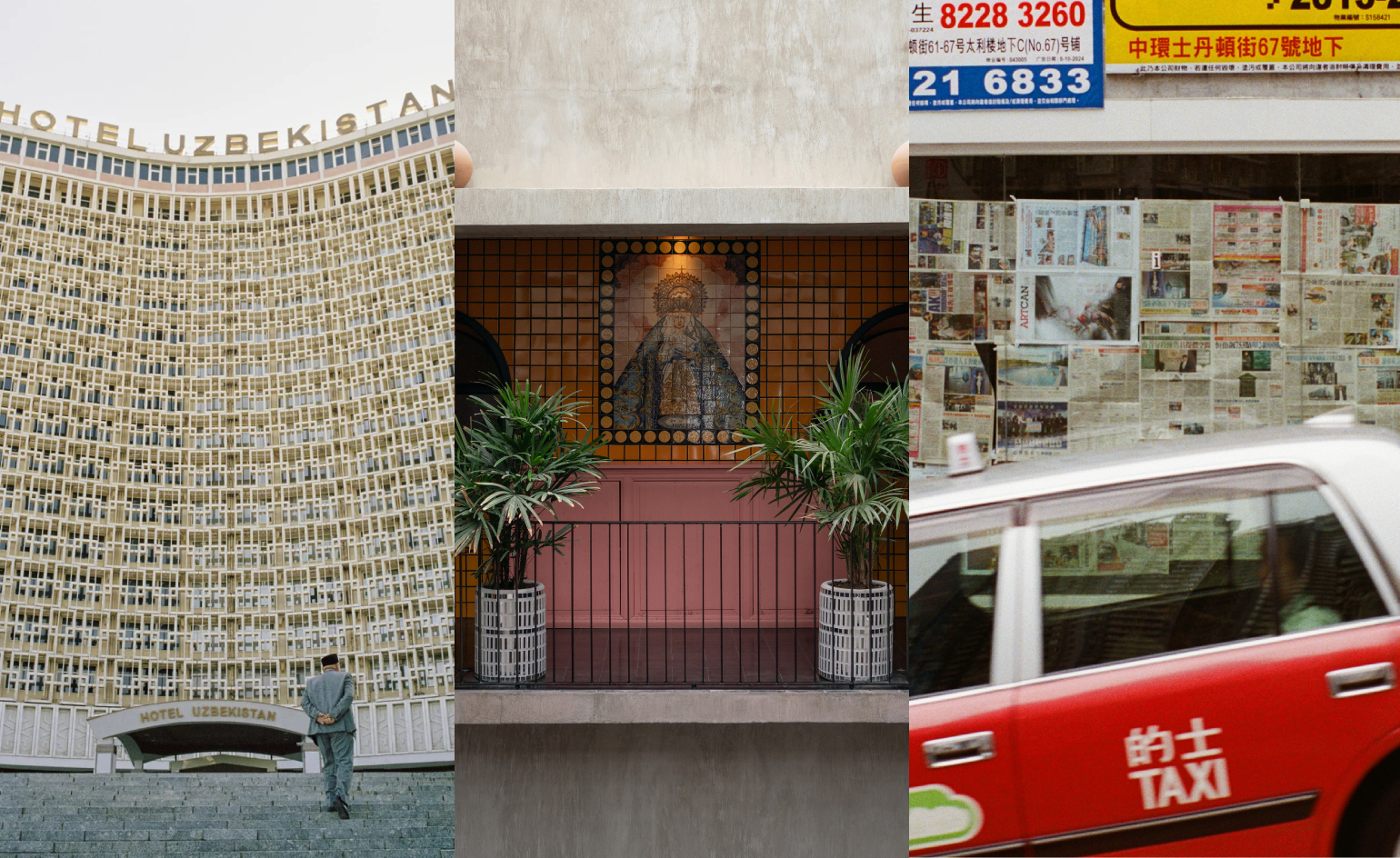 Five destinations to have on your radar this year
Five destinations to have on your radar this yearThe cultural heavyweights worth building an itinerary around as culture and creativity come together in powerful new ways
-
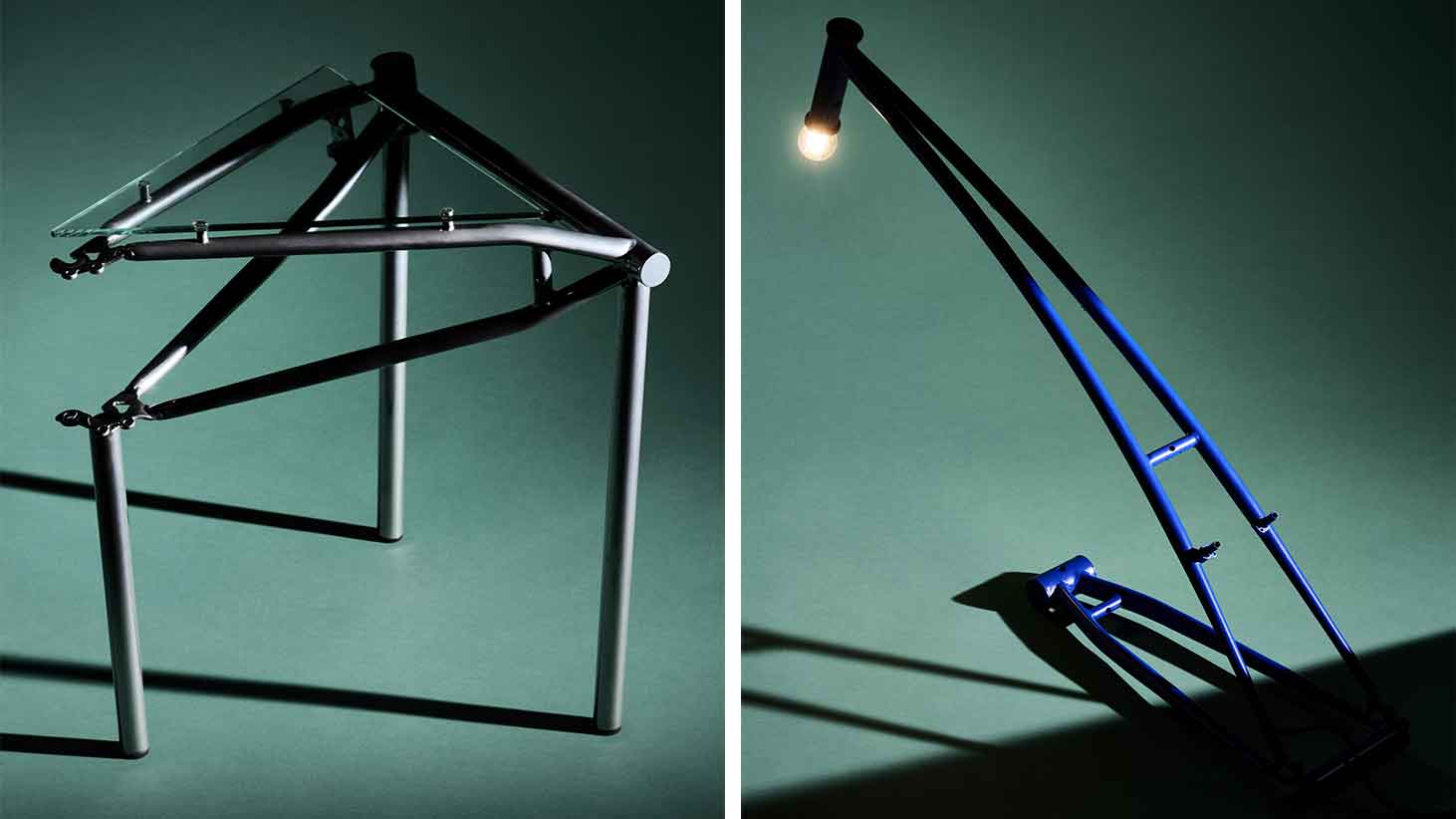 Dublin-based designer Cara Campos turns abandoned bicycles into sleekly minimal furniture pieces
Dublin-based designer Cara Campos turns abandoned bicycles into sleekly minimal furniture piecesWallpaper* Future Icons: Saudi-raised Irish/French designer Cara Campos' creative approach is rooted in reuse, construction and the lives of objects
-
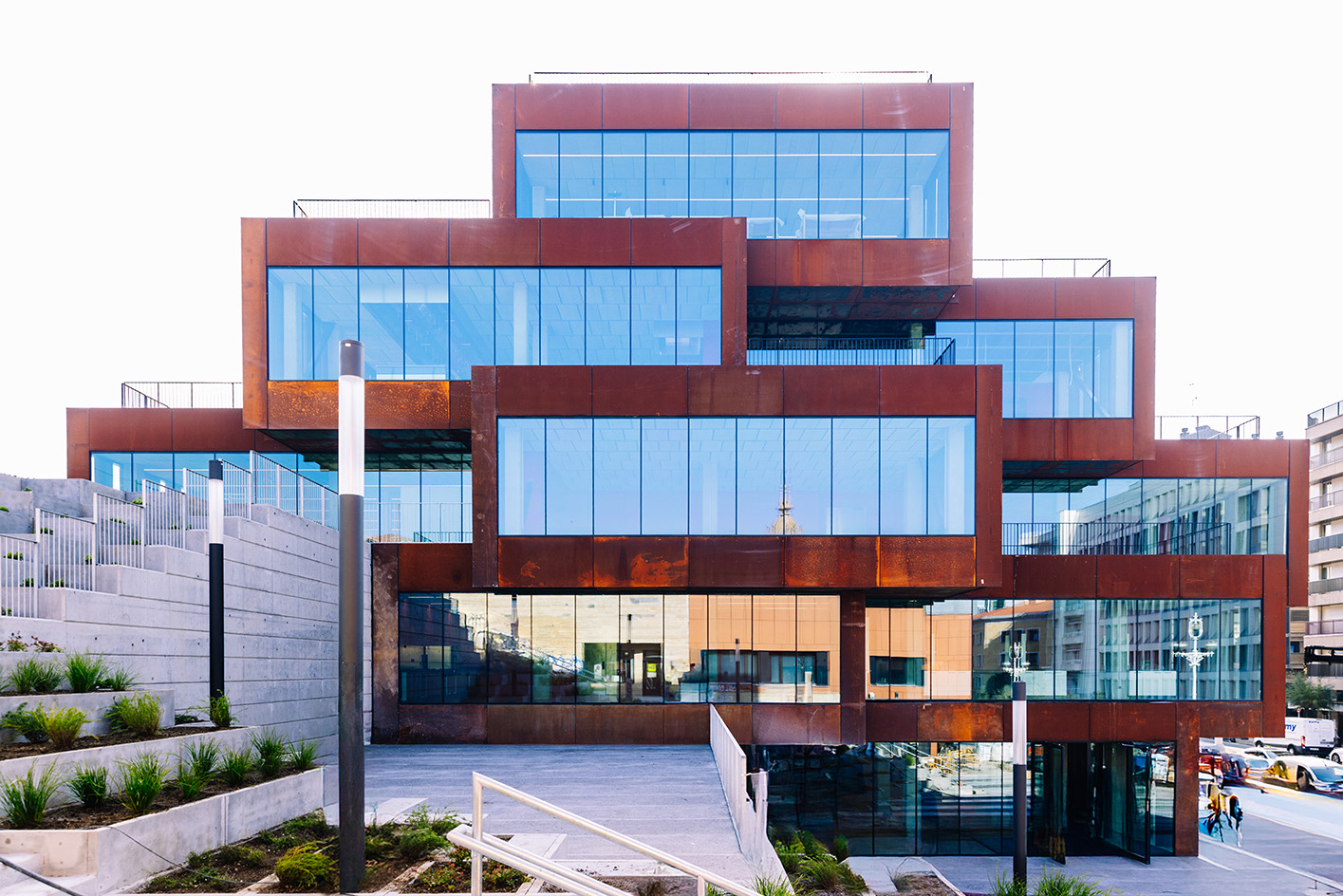 In the heart of Basque Country, Bjarke Ingels unveils a striking modular building devoted to culinary research
In the heart of Basque Country, Bjarke Ingels unveils a striking modular building devoted to culinary researchSee what the architect cooked up for the Basque Culinary Center in San Sebastián, Spain
-
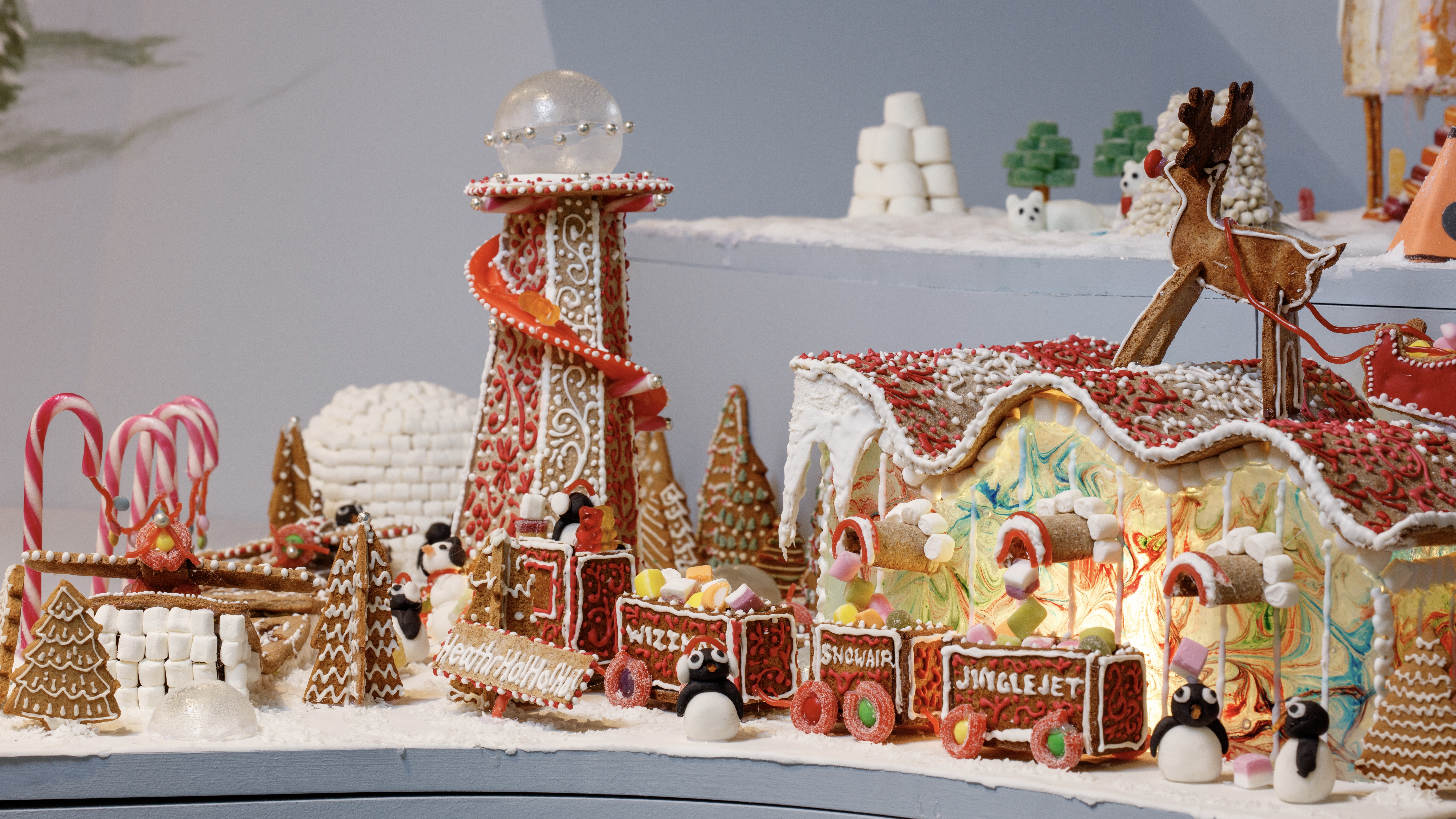 Welcome to The Gingerbread City – a baked metropolis exploring the idea of urban ‘play’
Welcome to The Gingerbread City – a baked metropolis exploring the idea of urban ‘play’The Museum of Architecture’s annual exhibition challenges professionals to construct an imaginary, interactive city entirely out of gingerbread
-
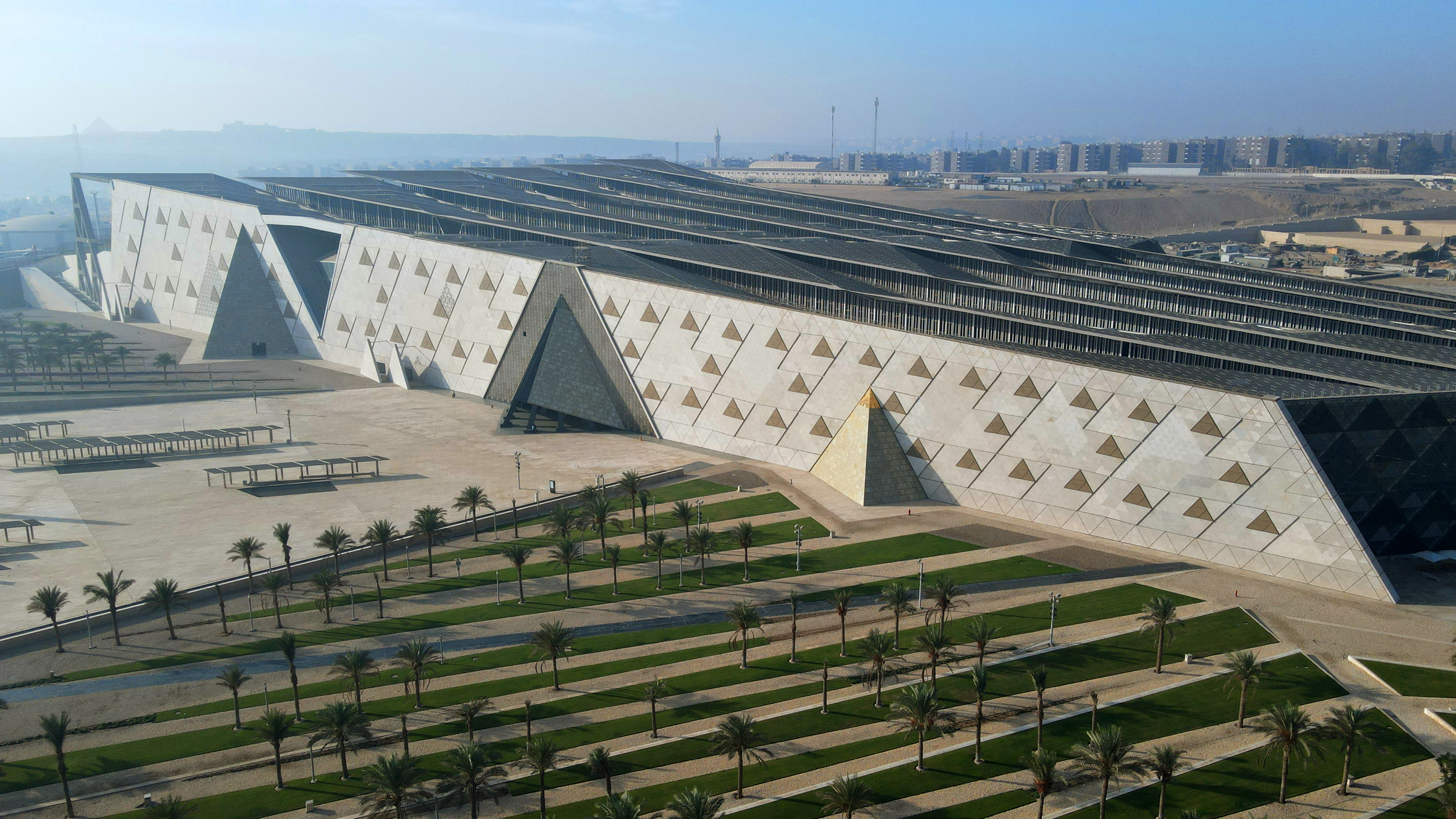 The Grand Egyptian Museum – a monumental tribute to one of humanity’s most captivating civilisations – is now complete
The Grand Egyptian Museum – a monumental tribute to one of humanity’s most captivating civilisations – is now completeDesigned by Heneghan Peng Architects, the museum stands as an architectural link between past and present on the timeless sands of Giza
-
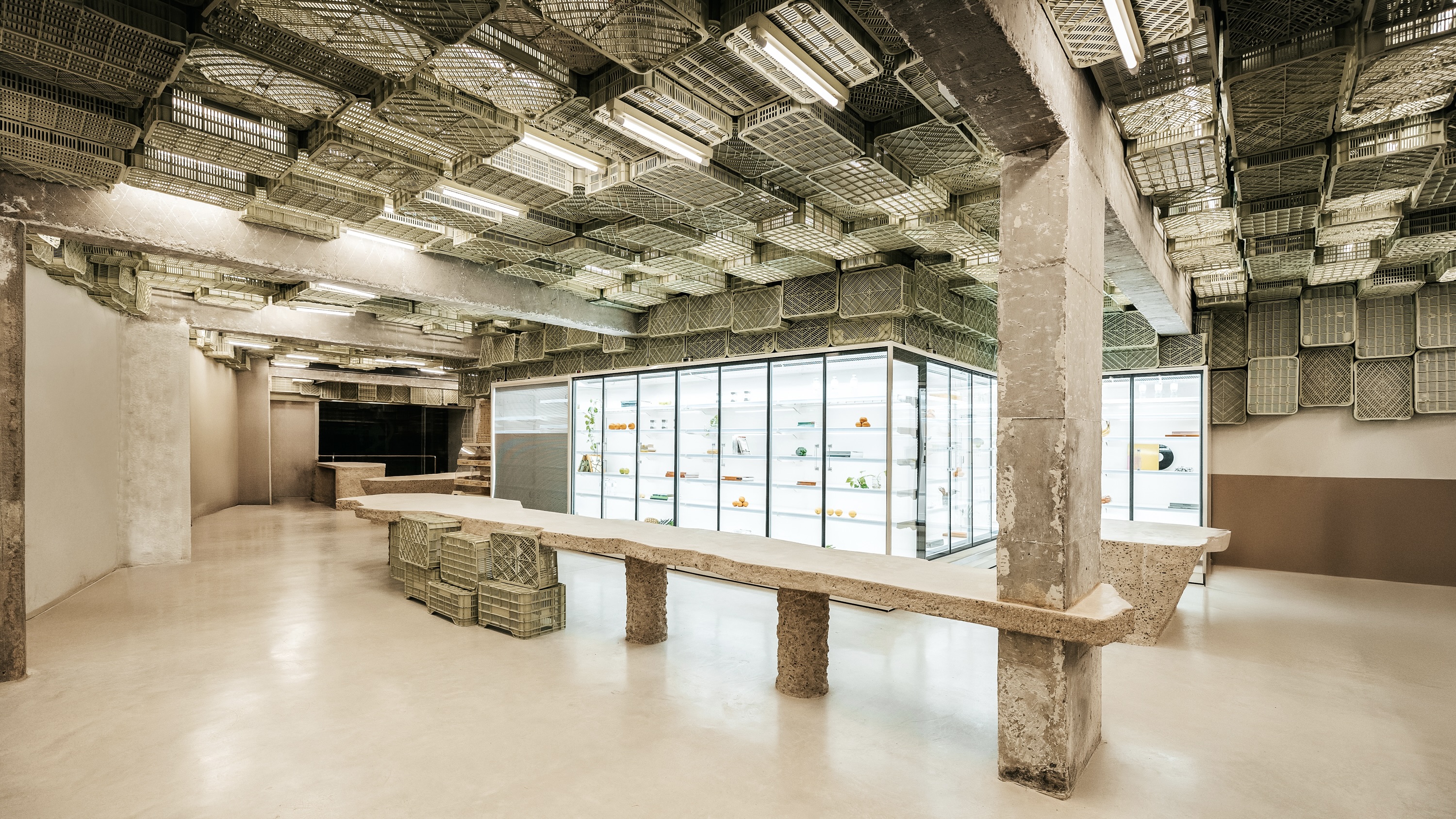 Spice up the weekly shop at Mallorca’s brutalist supermarket
Spice up the weekly shop at Mallorca’s brutalist supermarketIn this brutalist supermarket, through the use of raw concrete, monolithic forms and modular elements, designer Minimal Studio hints at a critique of consumer culture
-
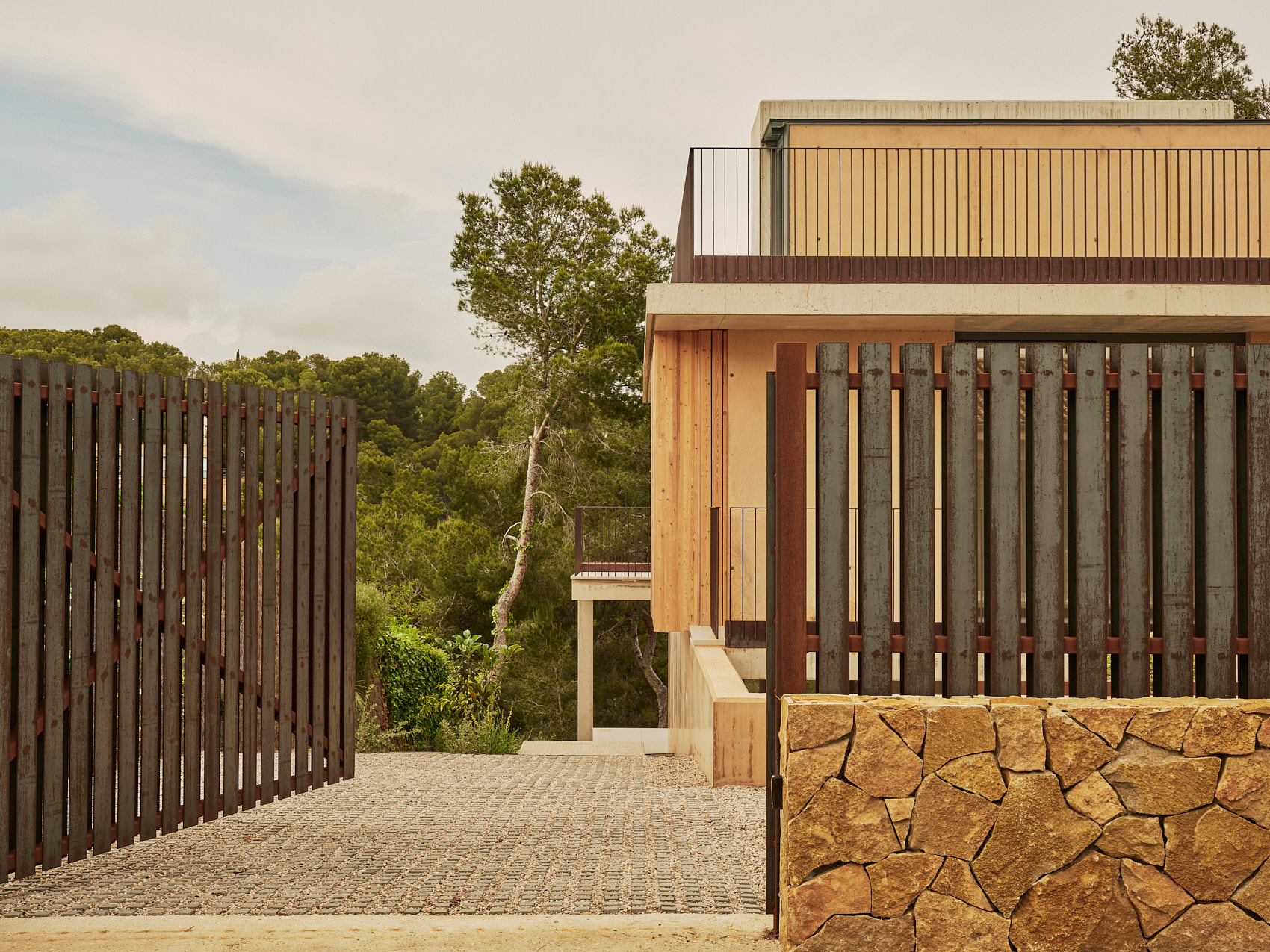 A Spanish house designed to ‘provide not just shelter, but a tangible, physical experience’
A Spanish house designed to ‘provide not just shelter, but a tangible, physical experience’A Spanish house outside Tarragona creates a tangible framework for the everyday life of a couple working flexibly in the digital world
-
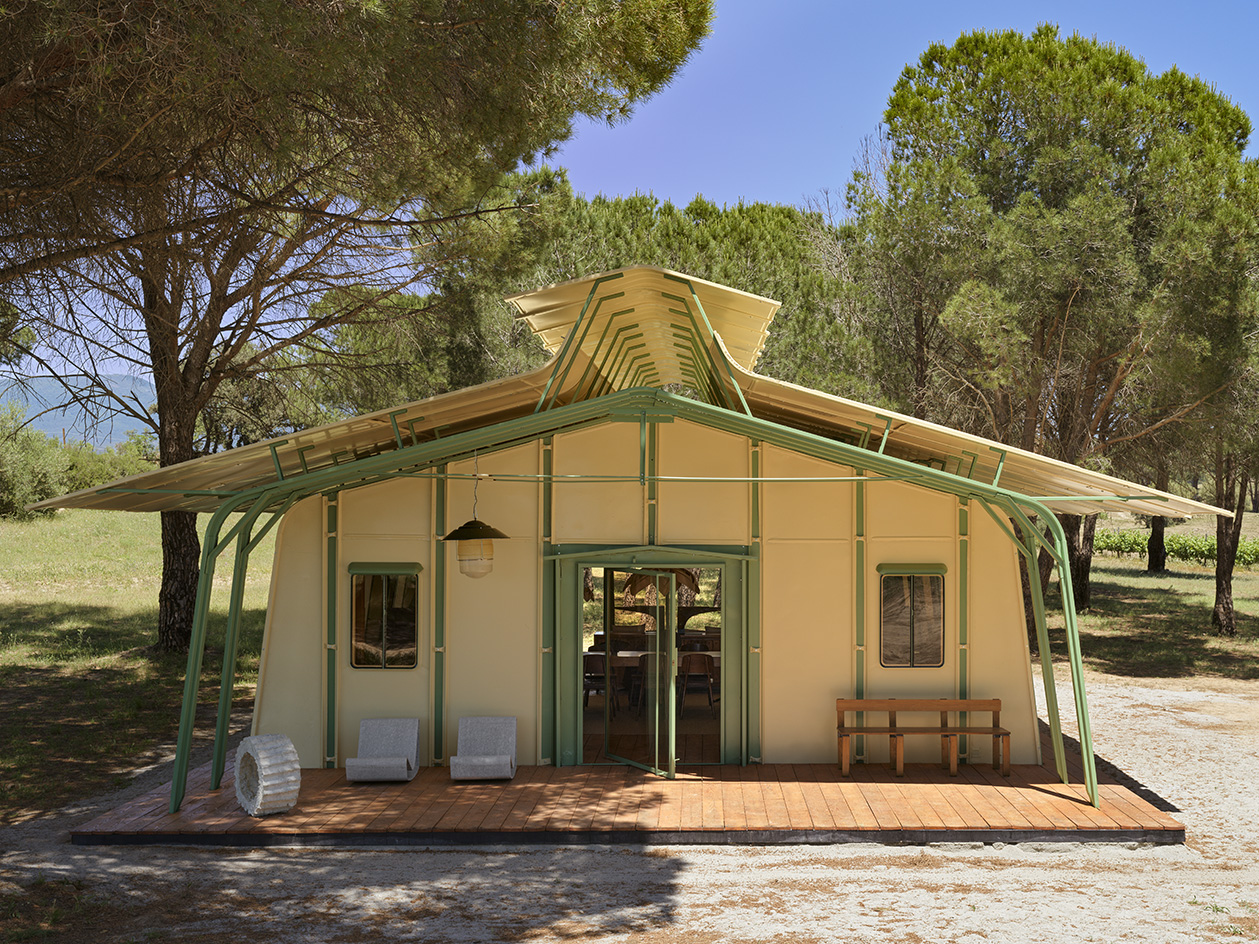 Meet Ferdinand Fillod, a forgotten pioneer of prefabricated architecture
Meet Ferdinand Fillod, a forgotten pioneer of prefabricated architectureHis clever flat-pack structures were 'a little like Ikea before its time.'
-
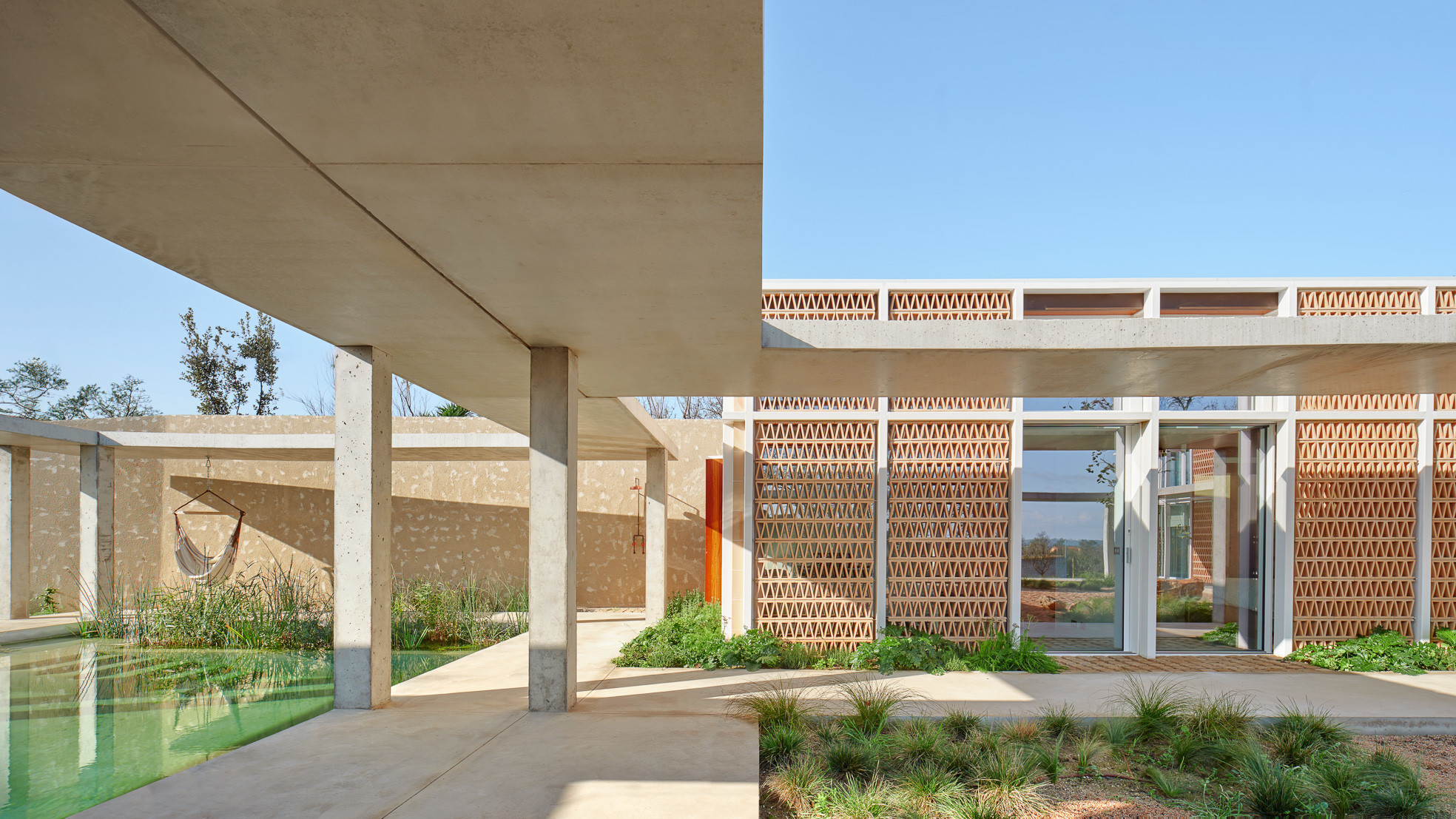 A courtyard house in northern Spain plays with classical influences and modernist forms
A courtyard house in northern Spain plays with classical influences and modernist formsA new courtyard house, Casa Tres Patis by Twobo Arquitectura, is a private complex that combines rich materiality and intriguing spatial alignments
-
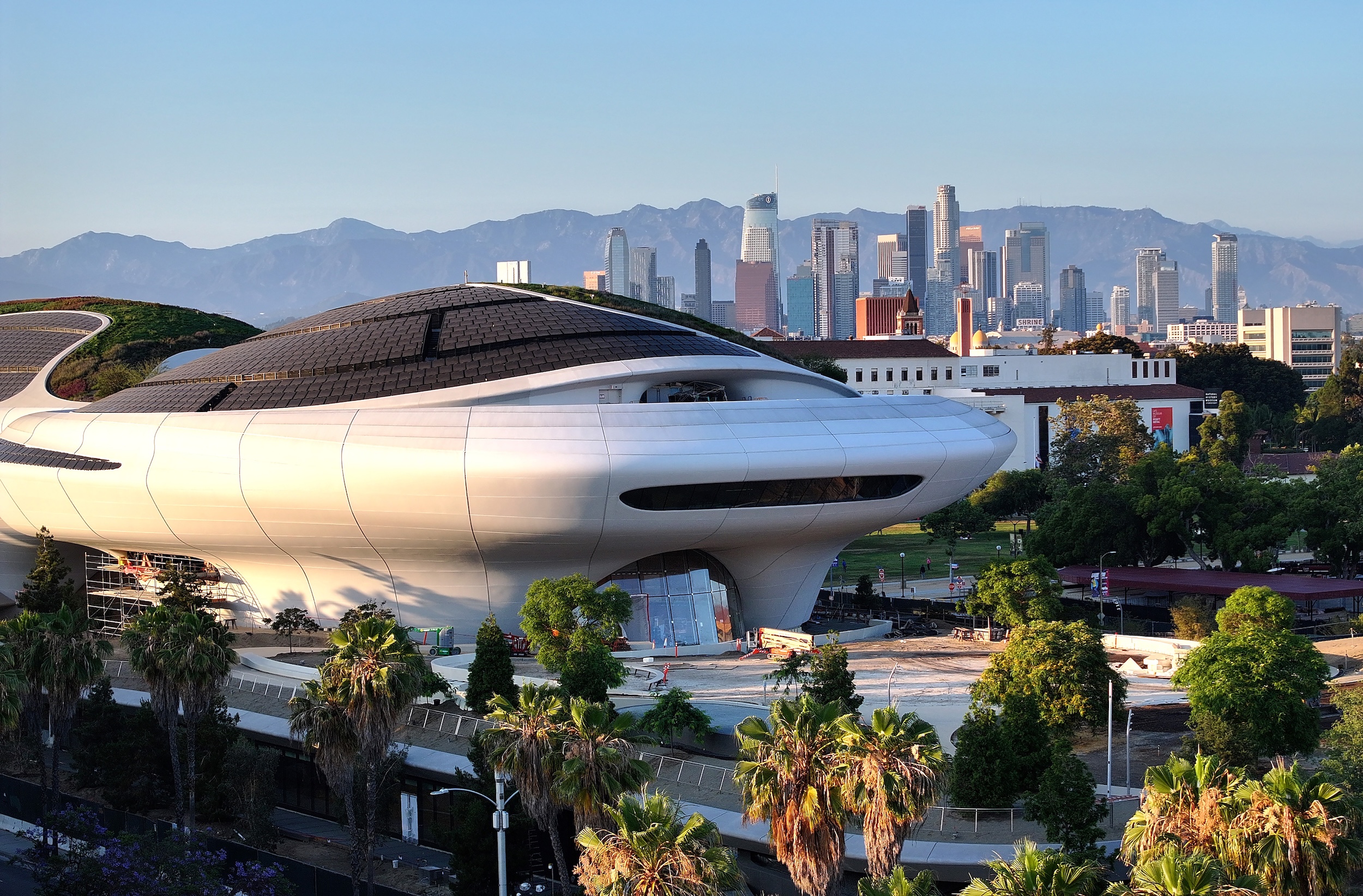 George Lucas’ otherworldly Los Angeles museum is almost finished. Here’s a sneak peek
George Lucas’ otherworldly Los Angeles museum is almost finished. Here’s a sneak peekArchitect Ma Yansong walks us through the design of the $1 billion Lucas Museum of Narrative Art, set to open early next year